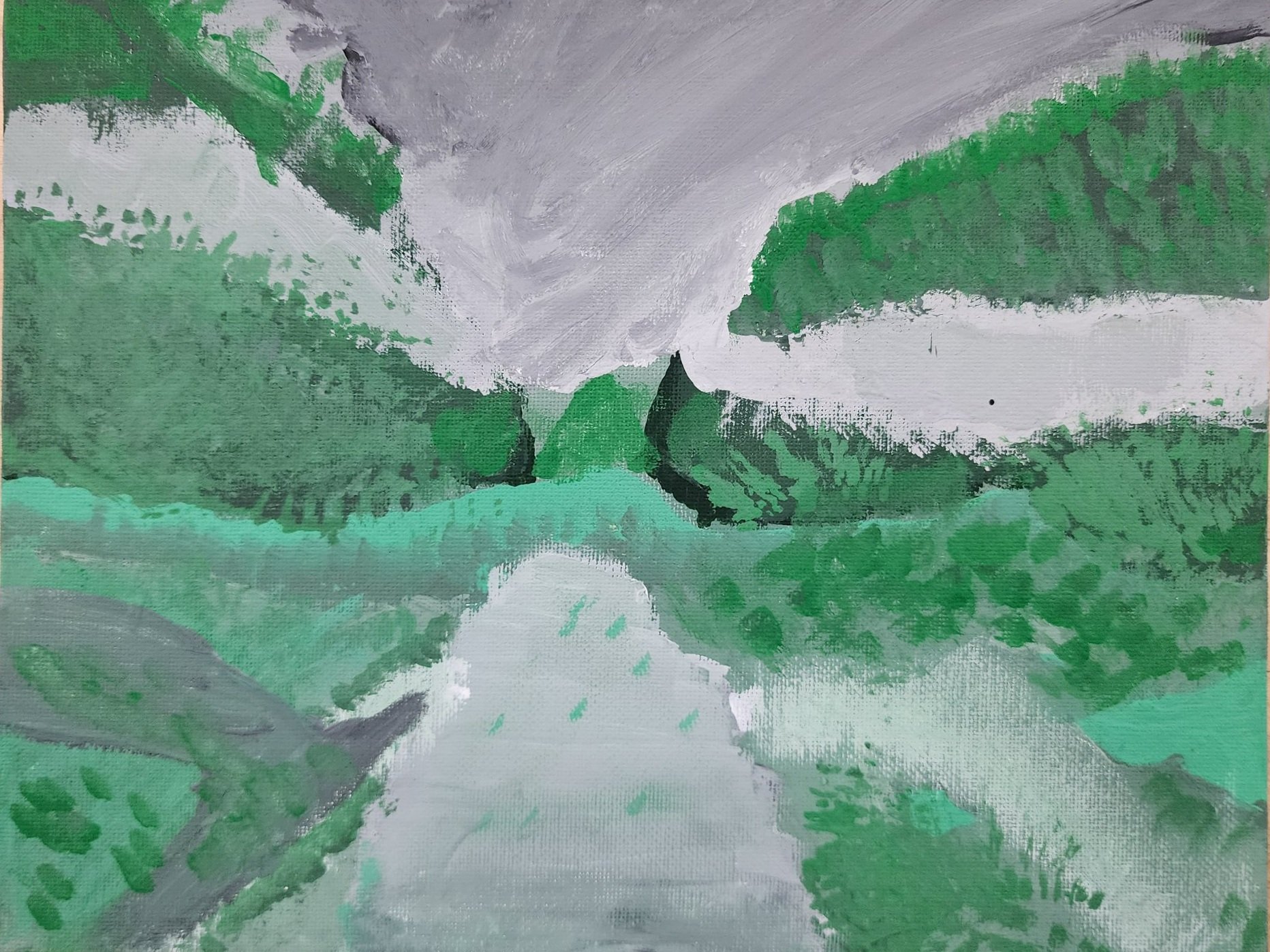My Teaching Philosophy
My teaching philosophy starts from the fact that we are all human beings, so we all deserve respect, kindness, and grace--and I want to implement that consistently throughout my educational practice.
Trust is crucial in education, and gaining it is only possible by building a safe, welcoming, environment to foster it. This requires a classroom culture that encourages innovation and risk taking, but doing so through structured class management and protocols that provide equal opportunities to everyone.
I believe that, at the most basic level, all learners have an inherent ability to create, and I want to encourage that in every student to its utmost potential. My goal is to widen my students’ understanding of art--what art is, what it can do, and the many forms it can take on. I want to teach new generations of artists that art is not defined by any set of words or phrases but by a longstanding tradition of creativity and imagination, in all forms and ideas. Regardless of what path my students ultimately follow, learning art in an open-ended fashion will nurture their ability to independently solve problems, aesthetically express themselves, and build connections to creativity. Art classes emphasize social, emotional and physical skills for students that they can practice risk free, with their peers’ and my own feedback to help them along the way.
Art creates a community for the student that is all about experimentation, fun, and the growth of their creative thinking--which may be harder in classes where there are black & white “right” or “wrong” approaches. My emphasis on the endless possibilities of the nature of art broadens the learning spectrum, and opens art making to every student regardless of their initial skill or interests. I want to nourish that breadth of artmaking and its deeper importance within culture and society in my teaching practice.



